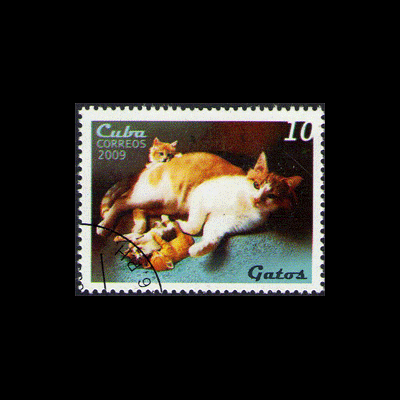Kidney disease in Persian cats
Persian cats at risk from kidney disease
source: Feline Advisory Bureau vol 38 no 1 2000
starts p29, 3 pages long
PKD affects from 35% to 40% of Persian cats, according to large-scale studies in Norway, Sweden and the US, and the UK figure could be some 25%. This disease is caused by a genetic defect, which is passed on to kittens of both sexes, and they can be affected even if just one parent has the faulty gene. Kittens inheriting the gene from both parents are not likely to survive to birth.
It is very important to assess whether cats are affected, before they breed, but the condition does not show up on tests such as palpation, and urine and blood analyses, until it is advanced. Ultrasound scanning can, however, detect the kidney cysts characteristic of PKD. There is a 98% accuracy level for ultrasound tests on cats of 10 months and older. Gene-marker tests may also become available. Affected cats go on to develop the disease, and no way has been found to prevent this, but the resulting kidney failure can then be treated by diet, though it cannot be cured. Cats can be fed low protein diets, and problems
arising from kidney failure, such as anaemia, can be treated. Prevention is important, and involves identifying affected cats. There may be a case for breeding from an affected cat, if its line is especially valuable. Some half the kittens will be affected from a mating with a cat that does not have PKD. There is concern that Persians will be affected by increased in-breeding if only PKD-negative cats are used for breeding.
CA,HD



